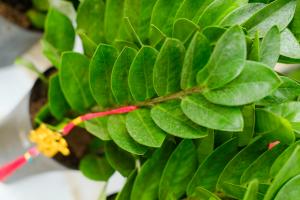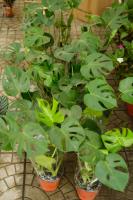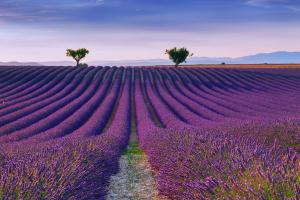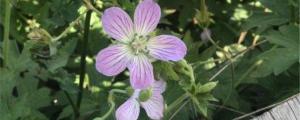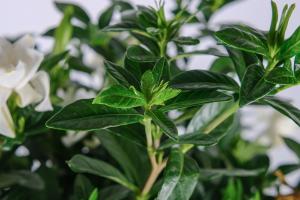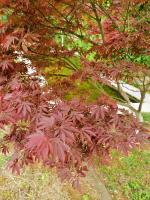Introduction
Flowing water bodies such as streams, rivers, and creeks are often adorned with beautiful wild green plants. These plants do not only add beauty to the surroundings but also provide essential nutrients and habitats for aquatic animals. This article explores some of the wild green plants that grow in flowing water and their importance in the aquatic ecosystem.
Watercress
Watercress (Nasturtium officinale) is a wild green plant that grows in fast-flowing streams and rivers. It has a unique taste and is a rich source of vitamins and minerals, including vitamin C, vitamin K, calcium, and iron. Besides its health benefits, watercress provides a habitat for aquatic insects, snails, and other small animals. However, water pollution can harm and even kill watercress, making it crucial to monitor water quality to ensure its survival.
Duckweed
Duckweed (Lemnaceae) is a tiny, free-floating aquatic plant found in slow-moving streams, ponds, and lakes. It has no roots and drifts along the currents. Duckweed multiplies rapidly and can cover the entire surface of the water body, providing shade for fish and aquatic insects. It is also a rich source of protein, making it an excellent food source for ducks, fish, and other aquatic animals. On the downside, excessive multiplication of duckweed can reduce the amount of oxygen in the water, causing serious harm to the aquatic ecosystem.
Coontail
Coontail (Ceratophyllum demersum) is a green aquatic plant found in slow-moving streams, ponds, and lakes. It has fine, feathery leaves and small flowers that emerge above the water surface. Coontail is vital for the aquatic ecosystem, providing shelter for small fish, frogs, and other aquatic animals. It also absorbs excess nutrients like phosphorus and nitrogen from the water, removing pollutants that may cause water quality problems.
Pickerelweed
Pickerelweed (Pontederia cordata) is a beautiful wild green plant found in streams and wetlands. It grows to a height of 2-5 feet and forms dense clusters of blue-purple flowers. Pickerelweed provides a habitat for a variety of aquatic animals, including insects, fish, and turtles. It also helps filter pollutants and excess nutrients from the water, improving water quality. Additionally, some indigenous communities use pickerelweed for medicinal purposes to treat ailments such as cuts, bruises, and inflammation.
Conclusion
Wild green plants that grow in flowing water play a crucial role in the aquatic ecosystem. They provide essential nutrients, shelter, and habitats for aquatic animals and help improve water quality. However, human activities like water pollution and habitat destruction can harm and even destroy these valuable plants. It is, therefore, essential to protect and conserve these wild plants and their natural habitats to maintain a healthy aquatic ecosystem for generations to come.

 how many times do yo...
how many times do yo... how many planted tre...
how many planted tre... how many pine trees ...
how many pine trees ... how many pecan trees...
how many pecan trees... how many plants comp...
how many plants comp... how many plants can ...
how many plants can ... how many plants and ...
how many plants and ... how many pepper plan...
how many pepper plan...